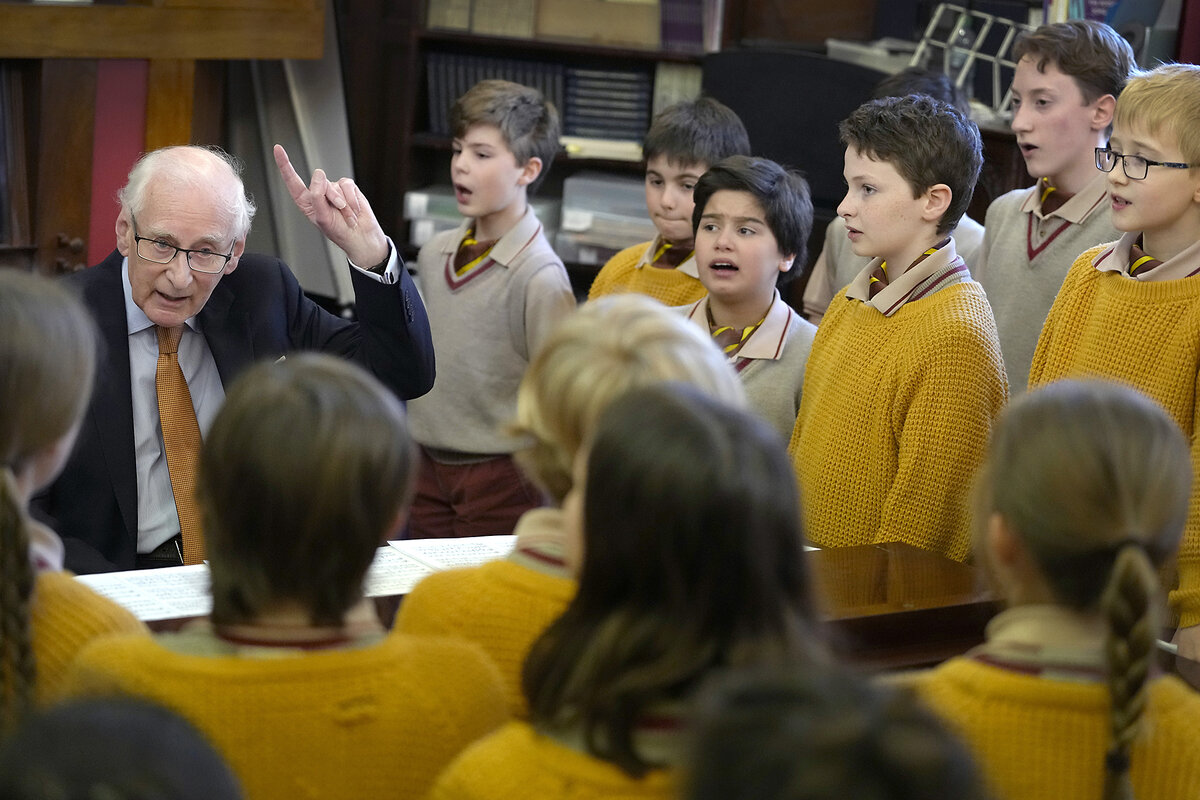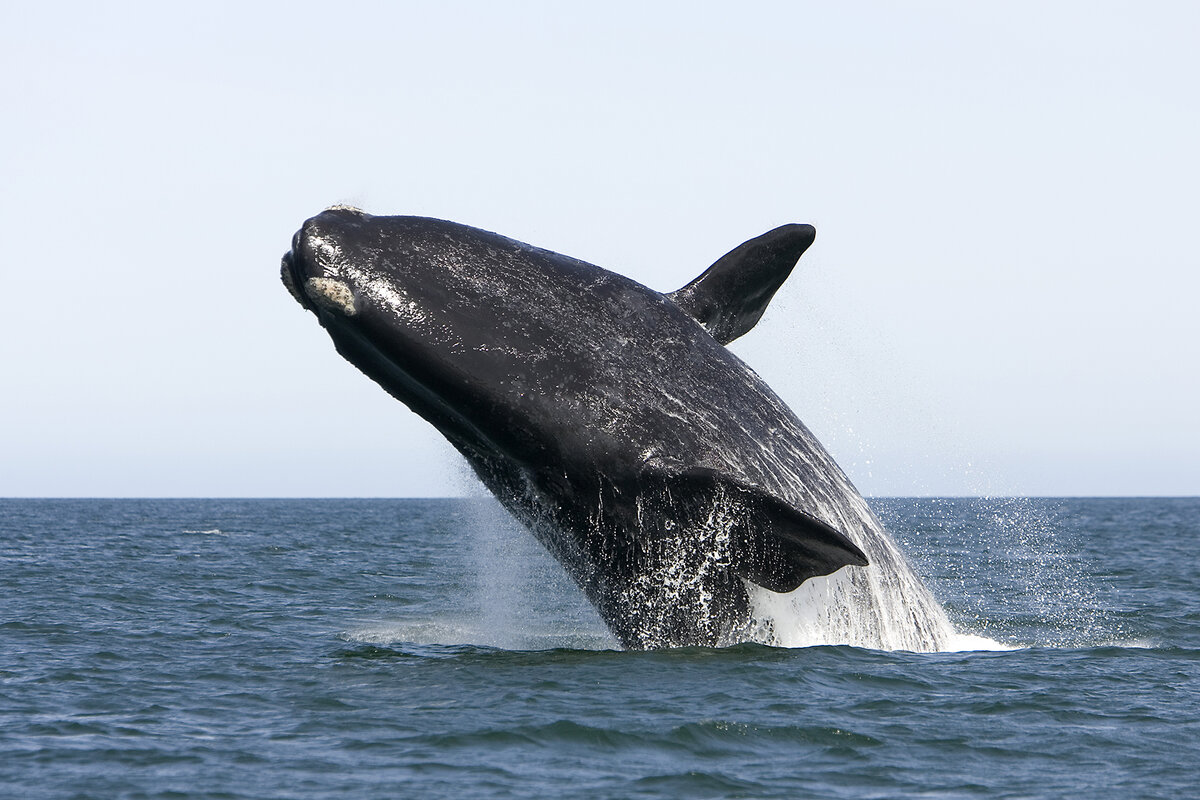How our actions affect others – from driving more safely to making art
Loading...
American health and public safety are on the upswing
Last year, deaths from drug overdoses, violent crime, and traffic accidents all decreased in official metrics.
Deaths from drug overdoses fell 3% between 2022 and 2023, following years of increases. This past December, the National Highway Traffic Safety Administration reported the 10th straight quarter of fewer traffic fatalities, even as Americans drove more miles. The national homicide rate declined by 11.6% in 2023, according to FBI data, a drop equivalent to 2,529 fewer homicides compared with 2022.
Why We Wrote This
In our progress roundup, we see how individual pursuits bring positive results to the wider community. Studies show that Americans’ safety is increasing, due partly to better driving habits. And Britons, meanwhile, experience greater well-being by enjoying or participating in the arts.
Adolescent drug use dropped again in 2024, with fewer teens reporting consuming alcohol, marijuana, and nicotine. And adult obesity continues a decrease that began in 2020, according to the National Center for Health Statistics.
Although a variety of factors may explain the declines, some experts suggest the pandemic gave way to riskier behaviors, and Americans are now returning to norms.
Sources: The Atlantic, FBI, Axios, National Highway Traffic Safety Administration
Brazil is making strides toward reducing forced labor
Since 1995, Brazil’s Special Mobile Inspection Group (known by its Portuguese acronym GEFM) has rescued exploited workers throughout the country. The group saved 3,190 people from forced labor in 2023 – its highest number since 2009.
GEFM performs inspections and enforces labor laws, from the gold mines of the Amazon to garment factories in São Paulo to soy plantations in the state of Goiás. In the first half of the 20th century, Brazil encouraged migration into areas for development where natural resources could be exploited, but these industries degrade the environment and can take advantage of workers.
Recently, GEFM has sought to expand operations in the western Amazon, a task complicated by organized crime in remote areas. Brazil also since 2003 has publicly named companies found to engage in slave labor and prohibited them from obtaining public funds.
Sources: El País, Focus on Labour Exploitation, U.S. State Department
Consuming art and culture is good for health and well-being
A U.K. government-commissioned study said that even occasionally attending an arts event can alleviate pain, reduce frailty, and combat depression. The report also found that engaging with culture generates £8 billion ($9.7 billion) per year by improving well-being and increasing productivity.
The study, conducted by consultancy Frontier Economics and the World Health Organization’s center for arts and health in London, found that people of all ages reap the benefits. Researchers ran 13 different models of age groups and activities. For example, an estimated 307,000 people over 65 years old singing in a choir weekly for three months generates some £170 million ($207 million) per year in impact, which includes avoiding health care services.
The findings highlight “the importance of preserving our rich heritage to ensure it can enrich the lives of many for years to come,” said Chris Bryant, the United Kingdom’s minister for creative industries.
Sources: The Guardian, Frontier Economics
Southern right whales wearing sensitive tags are helping scientists track how they are adapting to climate change
Because they swim farther and dive deeper than other animals, whales can act as indicator species for marine ecosystems.
The University of Pretoria, which has an extensive knowledge base of whale photographs taken since 1979, recently deployed 13 tags on southern right whales that measure water temperature and salinity. These and other satellite-transmitting tags have allowed the university’s Whale Unit to discover that the animals can swim as far as 9,000 miles in a year and up to 1,500 feet deep. Feeding patterns may change as ocean fronts preferred by the whales shift south. And while some species recovery has occurred since conservation measures began in 1935, the whales are thinner and calve less often.
Other developments that could aid in the whales’ survival include artificial intelligence tools that can identify specific whales from satellite images.
Source: Al Jazeera
Half of the world’s top 20 science research cities are now in China
The achievement is partly the result of a decadelong realignment from lower-value manufacturing to high-tech innovation and services. Science funding is also serving broader objectives of social equality and stability, and the upskilling of society.
The growth of regional capitals with specialized roles is helping to meet national goals, according to the Nature Index, which tracks contributions to science journals. The city of Hefei, once covered in farmland, has become the country’s electric vehicle capital. Shanghai is a hot spot for biopharmaceuticals, and Ürümqi is home to the world’s biggest solar farm.
Critics say the top-down approach can stifle creativity and individual research interests. But the government also encourages collaboration among research institutes, which can speed the transition from research to technological innovation.
Source: Nature








